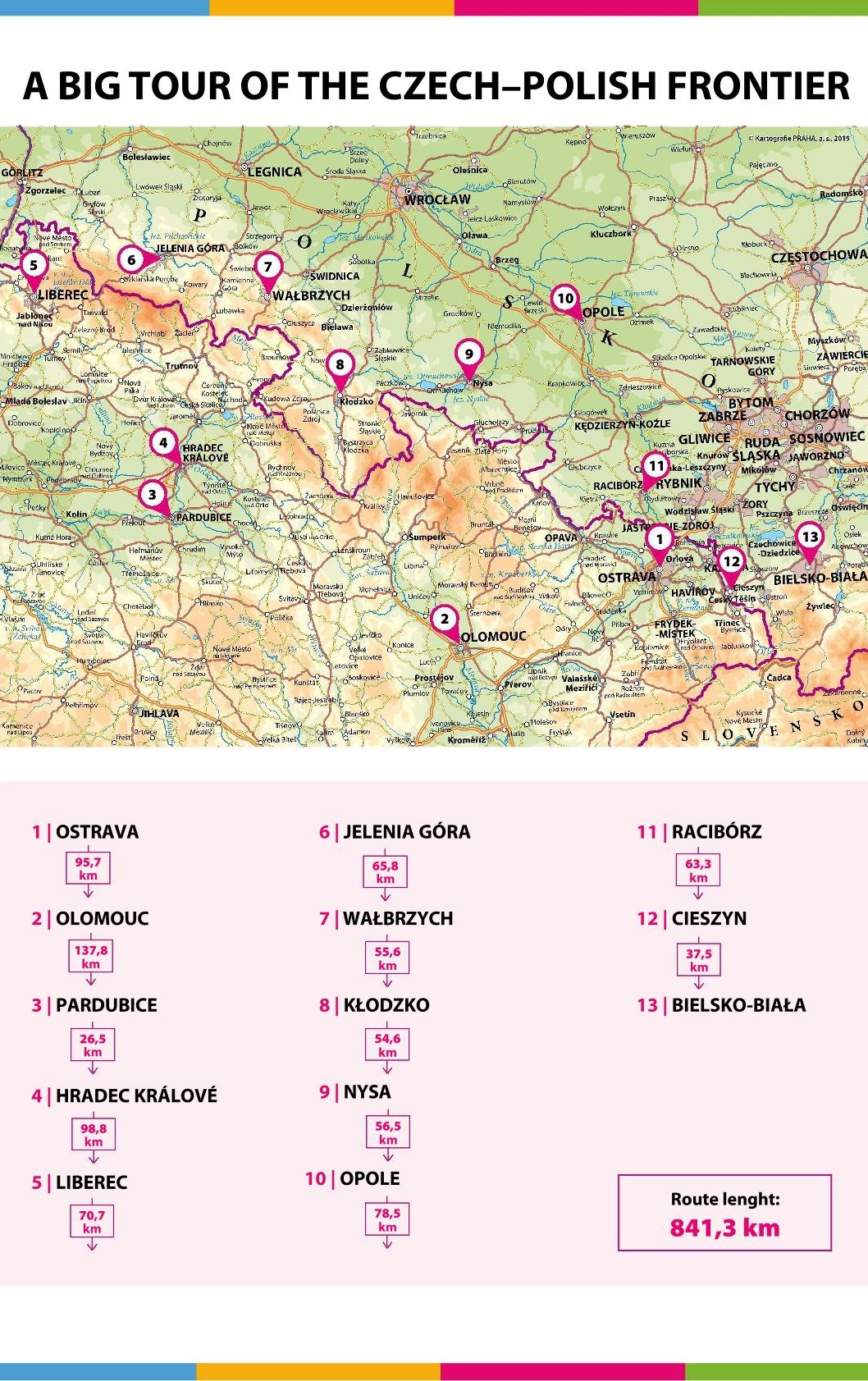
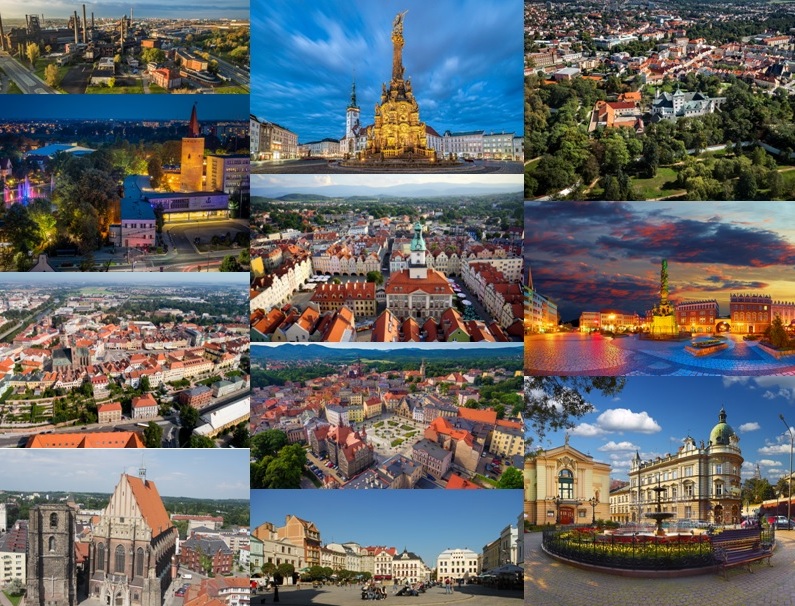
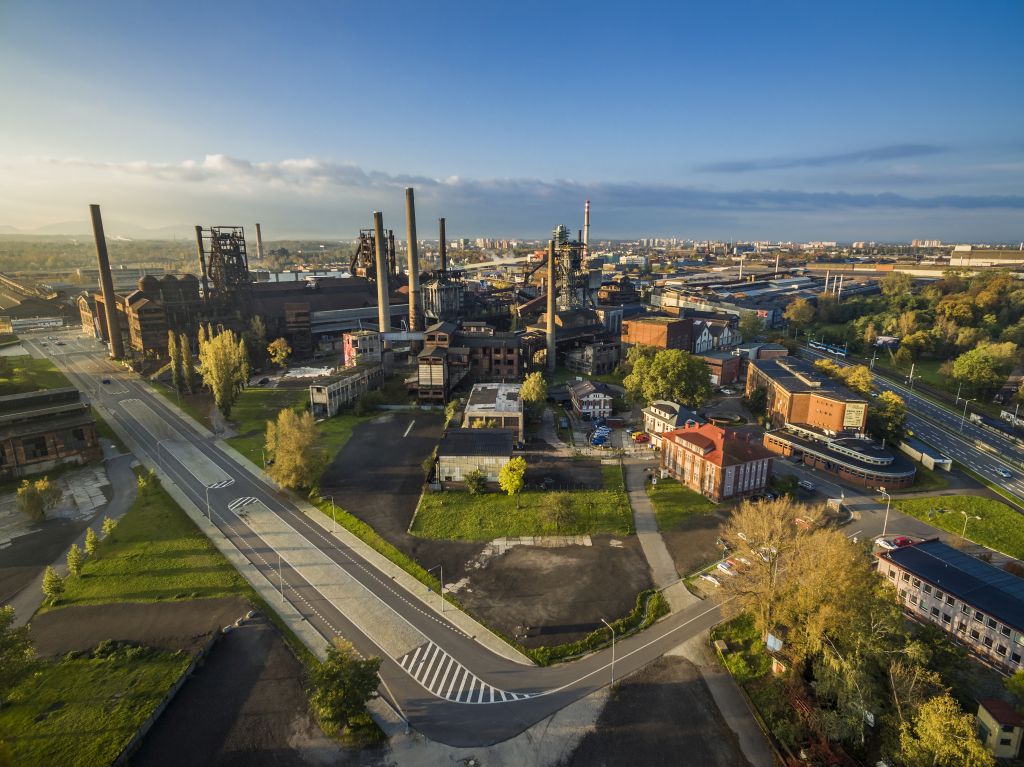
The largest metropolis of the Moravian–Silesian Region is the third biggest city in the Czech Republic in terms of both area and total population.
Ostrava is situated ten kilometres south of the nation’s border with Poland and 50 kilometres west of the Slovak border. The D1 motorway and key railway routes cut through the city. Ostrava lies in a valley between the Beskid and Jeseníky Mountains, and is by far one of the greenest cities in the country. The city boasts a rich cultural and social life thanks to its good-quality theatre scene and well-respected galleries, as well as the famed Stodolní Street packed with clubs, restaurants, pubs and bars.
Full description of the city of Ostrava
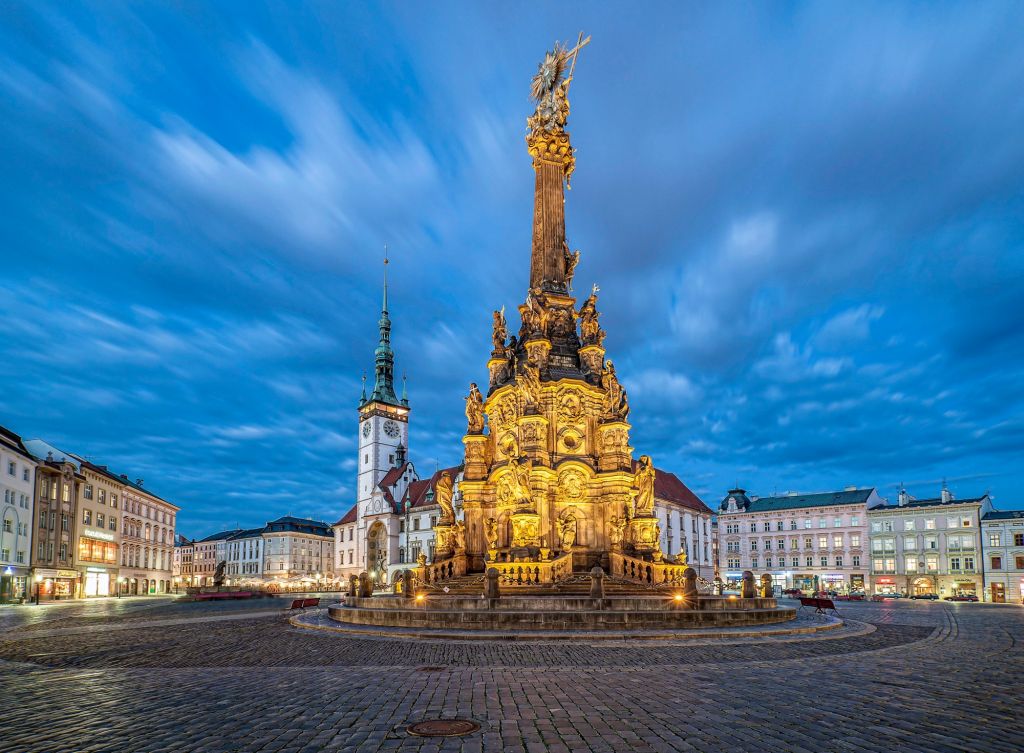
The university city of Olomouc is, after Prague, the largest urban conservation area in the Czech Republic.
That is why this city with a population of 100,000 is often referred to as ‘Little Prague’. The most dominant landmark in Olomouc, the Holy Trinity Column, was put on the UNESCO World Heritage List in 2000. The Lonely Planet Tourist Guide has ranked Olomouc the number one of the ‘50 Secret Gems of Europe’.
Full description of the city of Olomouc
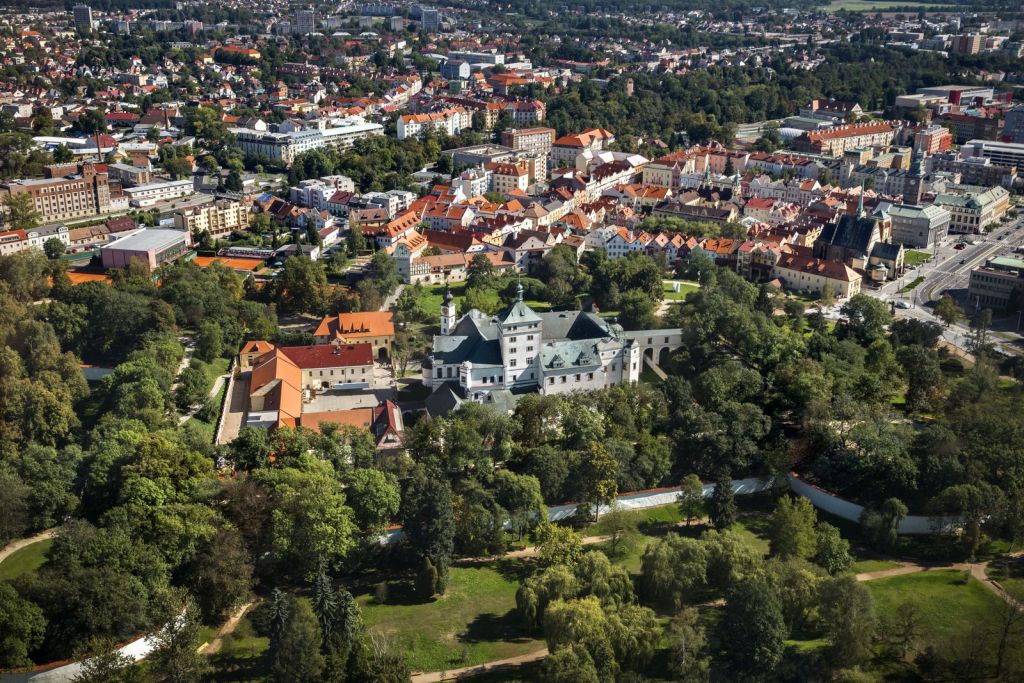
The city of gingerbread and horses is located in the east of Bohemia – approximately 100 km from Prague.
It has a great advantage in that it has good transport links to the outside world. Pardubice can boast not only of being on the main railway line, but also of having an international airport. So come and see the city whose rich history will enchant you so much that you’ll simply fall in love with it…
Full description of the city of Pardubice
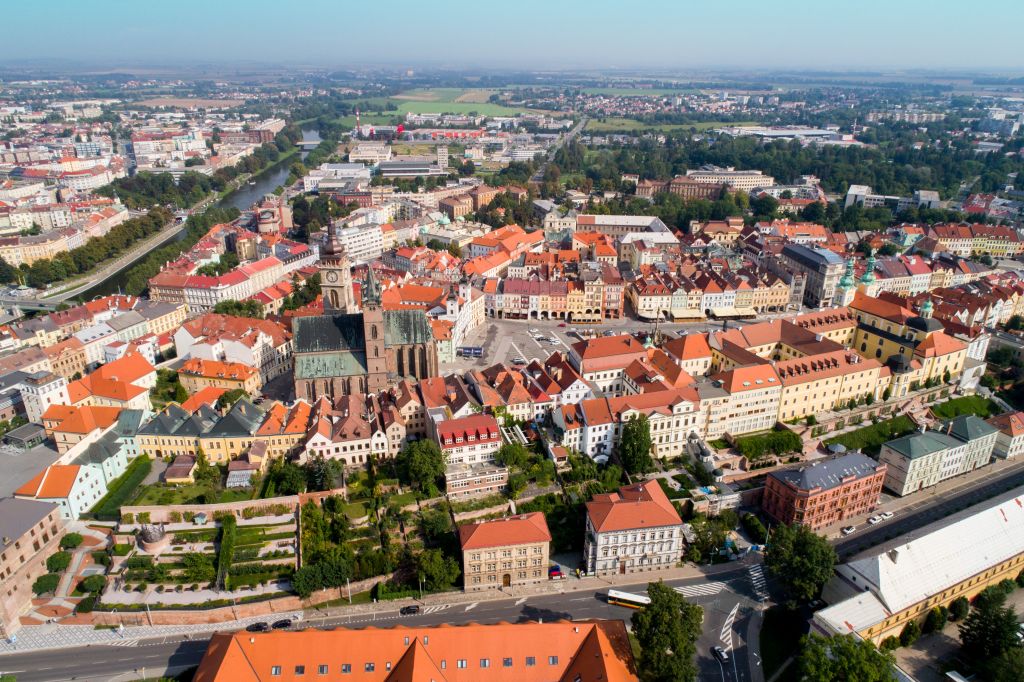
Hradec Králové lies 100 km from Prague, and can be easily reached by car or train.
The city stands out above all due to its urbanistic and architectural tradition. The beginning of the 20th century saw new development of the city in the Art Nouveau and functionalism styles, enriching the city with many noteworthy buildings.
Full description of the city of Hradec Králové
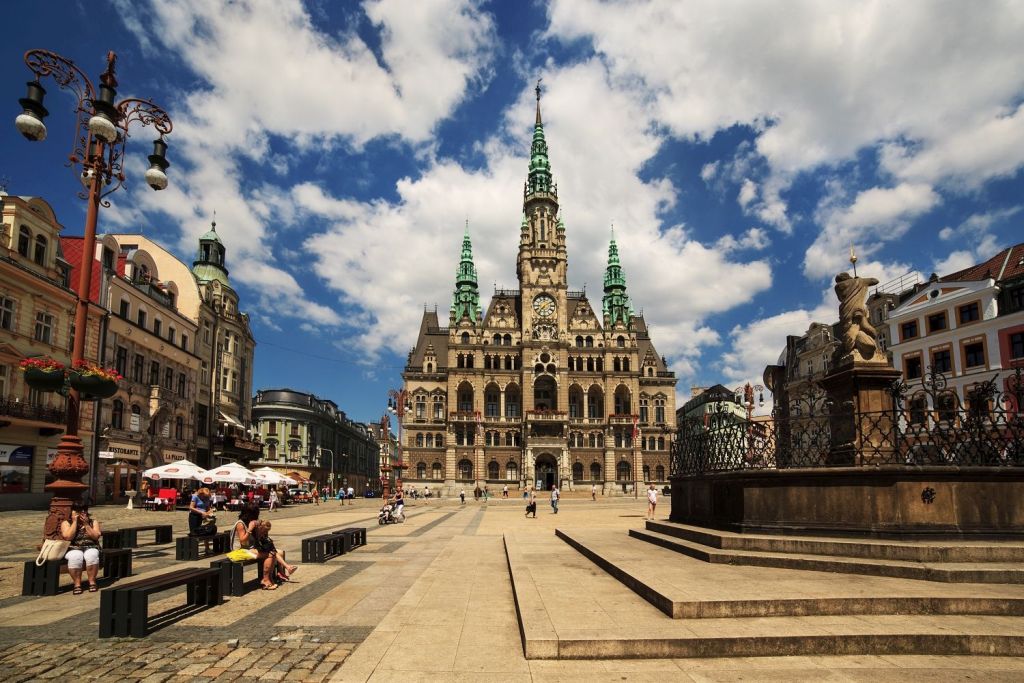
The fifth largest city in the Czech Republic is situated 90 km northeast of Prague and 100 km northwest of Hradec Králové, close to both the German and Polish borders.
The symbol of Liberec, and in fact of thewhole region, is the unique transmittertower at Ještěd.
Full description of the city of Liberec
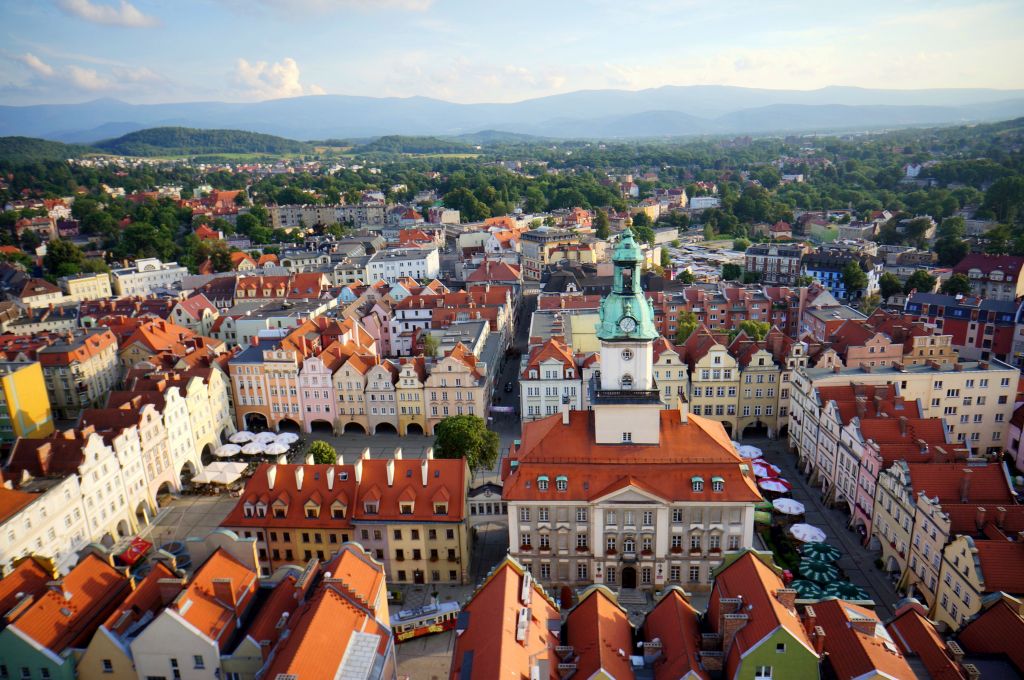
Jelenia Góra (Deer Mountain) is the first larger city after crossing the Czech border coming from Harrachov.
It blends the charm of a city centre filled with historical heritage, a thermal spa, and of a focal point from which all roads lead to mountain adventures.
Full description of the city of Jelenia Góra
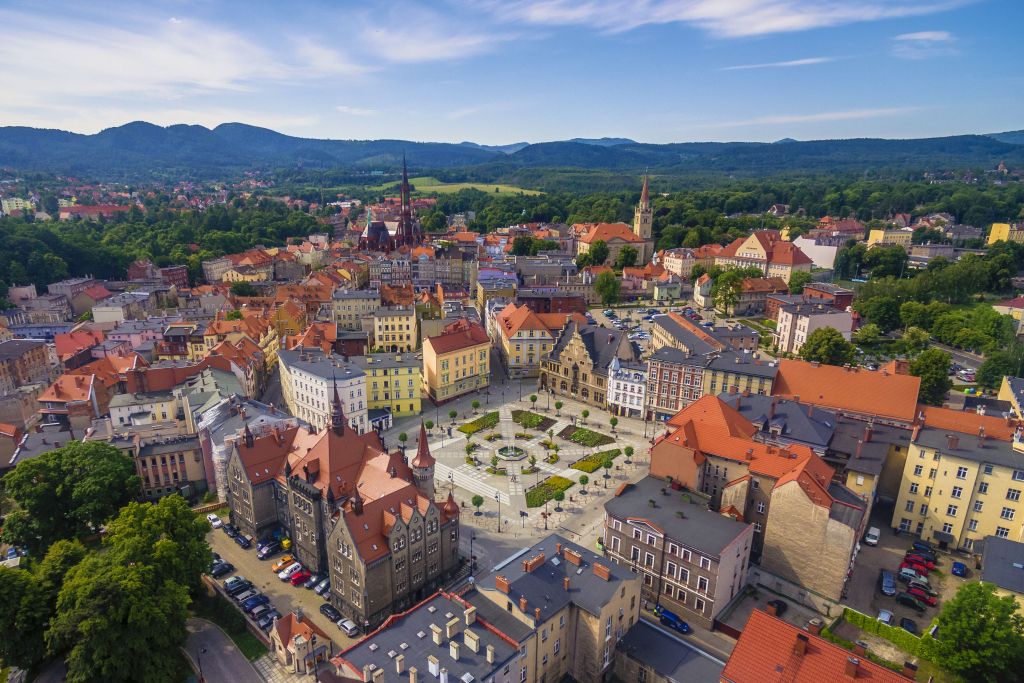
The city of Wałbrzych, with a population of over 100,000 people, is situated about 70 km from Wrocław, the capital of Lower Silesian Voivodeship.
It is thus a much shorter distance for Wałbrzych’s residents to go to the Czech Republic. The country’s border is just ten kilometres away, with fewer than fifty kilometres to Trutnov. Located in a shallow valley surrounded by mountains, the city is the ideal destination for nature and sports lovers. There are plenty of hiking trails and cycle routes for both road and mountain bikes in the area. The city became a fully-fledged industrial centre in the early 19th century, thanks to the flourishing mining and weaving industries. The industrial importance of the city was further underpinned in the early 20th century when new glassworks and ceramics factories opened, many of which are still in business today.
Full description of the city of Wałbrzych
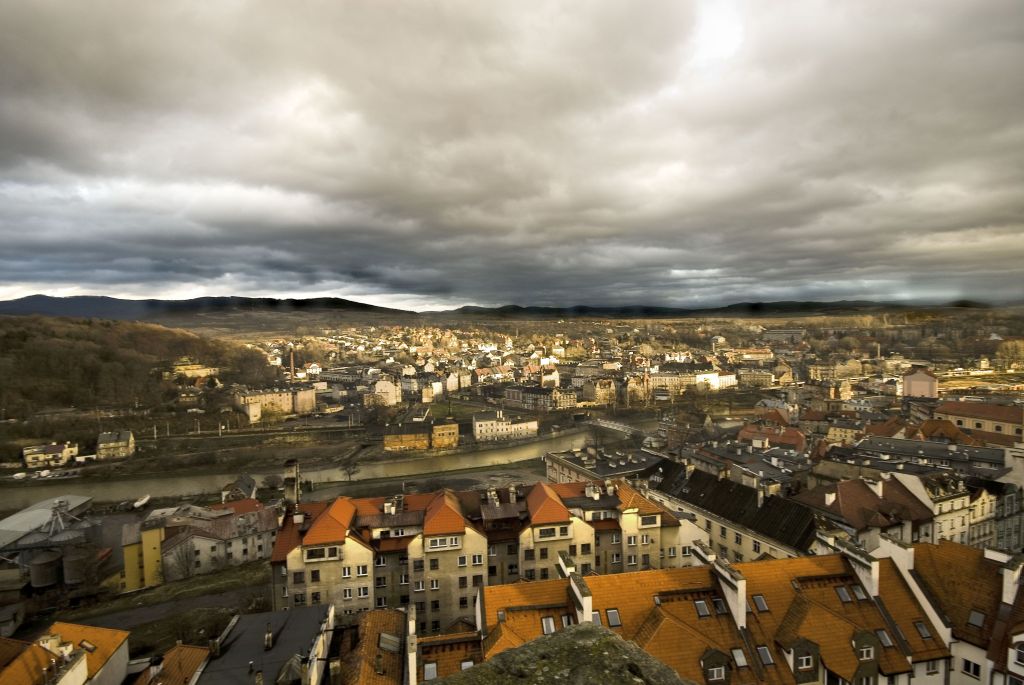
The town lies on the historic route between Prague and Wrocław. Kłodzko’s cultural heritage makes it one of the most beautiful towns in Lower Silesia.
Its dominant landmark is a massive fortress located on the hill just outside the historic centre. The fortress was built under Austrian rule in the 17th century. Today, tours of its unique maze of underground tunnels are available to visitors. Looking down from the ramparts, you will be sure to appreciate the spectacular views over the town and its environs. The Gothic Bridge of St John and its six Baroque statues also deserve attention. The bridge is often called the miniature version of Charles Bridge in Prague. You can also visit a former Jesuit monastery, which now houses the local museum.
Full description of the city of Kłodzko
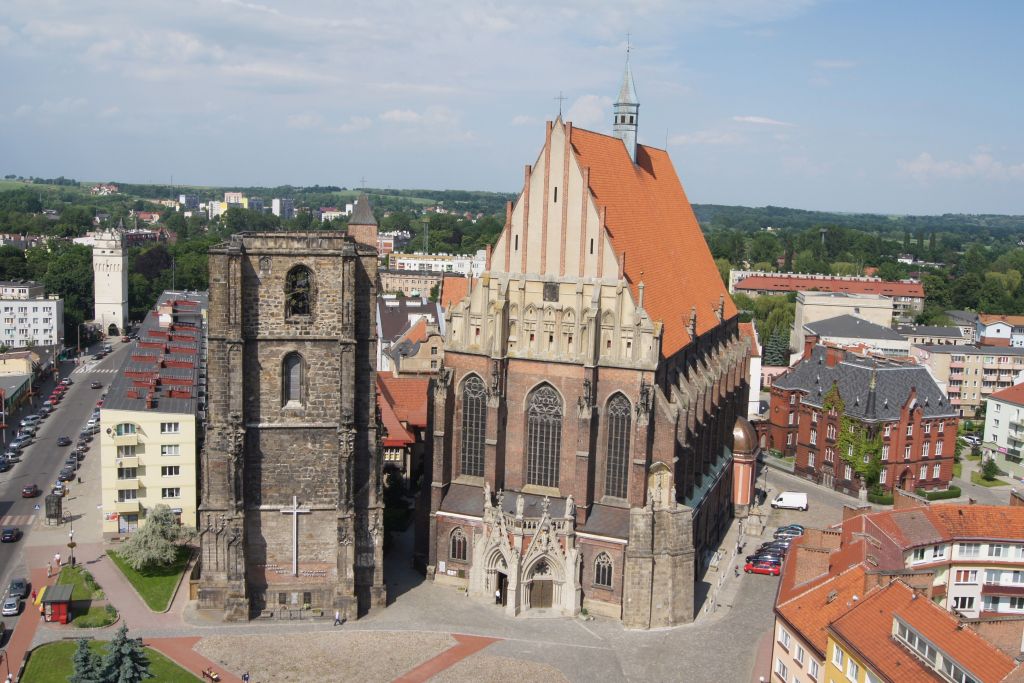
Nysa is one of the oldest towns in Silesia. Thanks to the multitude of sacral heritage buildings, it has earned the nickname ‘the Silesian Rome’.
Nysa was, first and foremost, a fortress town due to its strategic position near the Czech-Polish border. Over half of the town was destroyed by the Red Army in 1945. Despite this, Nysa still offers visitors plenty of sights today. One of the town’s most valuable treasures is the Basilica of St. James and St. Agnes, which is one of the largest Gothic cathedrals in Poland. Right next to the cathedral is the Late Gothic belfry building, which has never been finished.
Full description of the city of Nysa
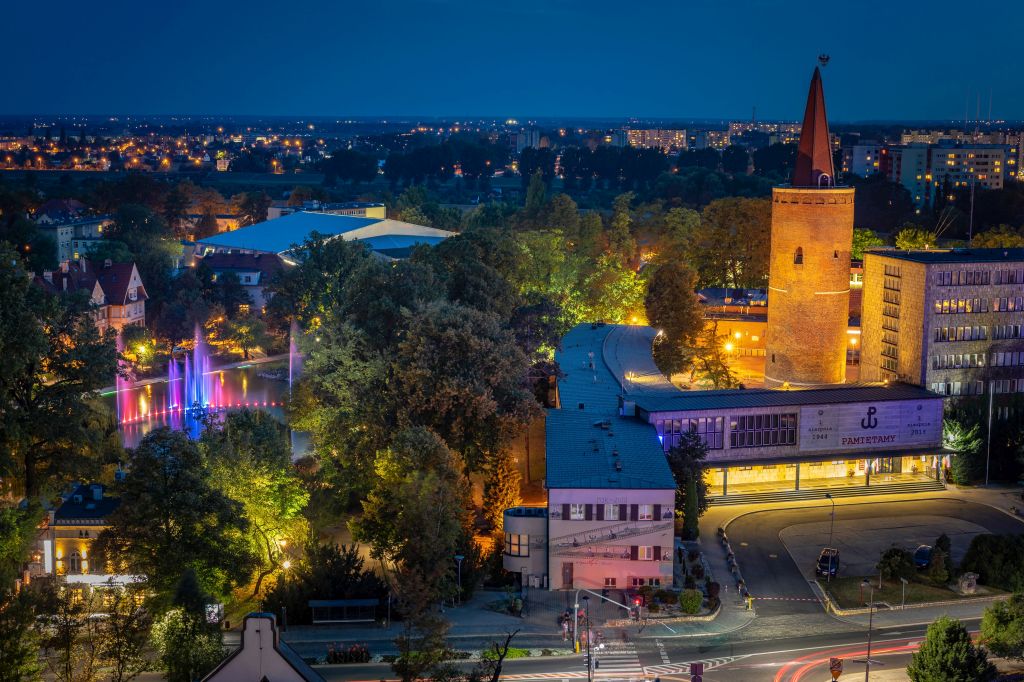
Opole lies in the south of Poland, on the Odra River. It is one of the oldest cities in Poland, and boasts a rich history and a multitude of architectonic heritage sites.
Full description of the city of Opole
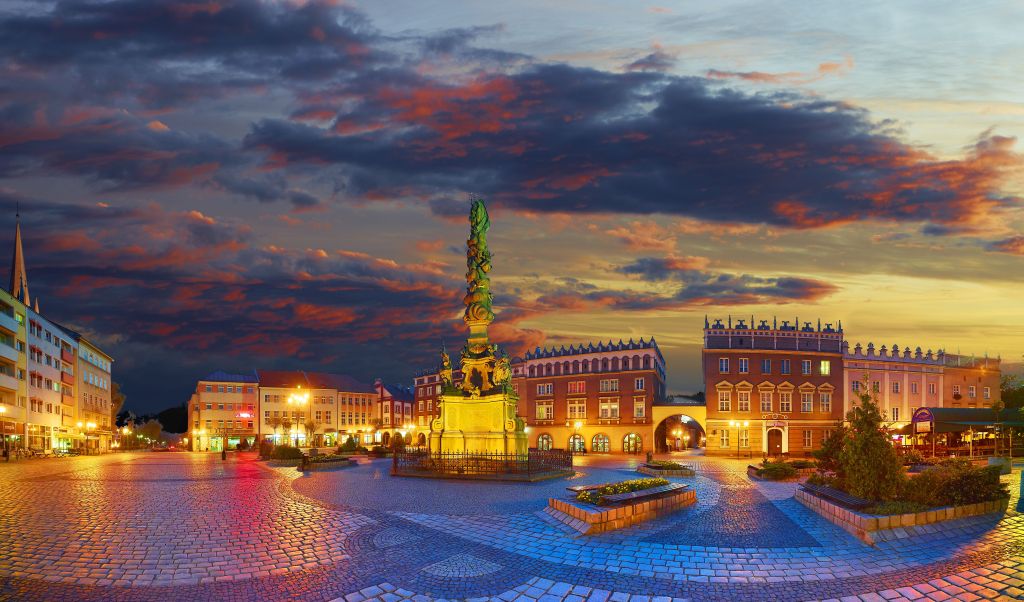
Racibórz is one of the historic capitals of Upper Silesia, and as such boasts rich cultural and historical heritage.
Nearly one thousand years of history have left their mark on the town in the form of architectural and art heritage from all eras. A number of local tourist attractions, including a wellpreserved chateau with its large exhibition and adjacent park, draw thousands of visitors each year.
Full description of the city of Racibórz
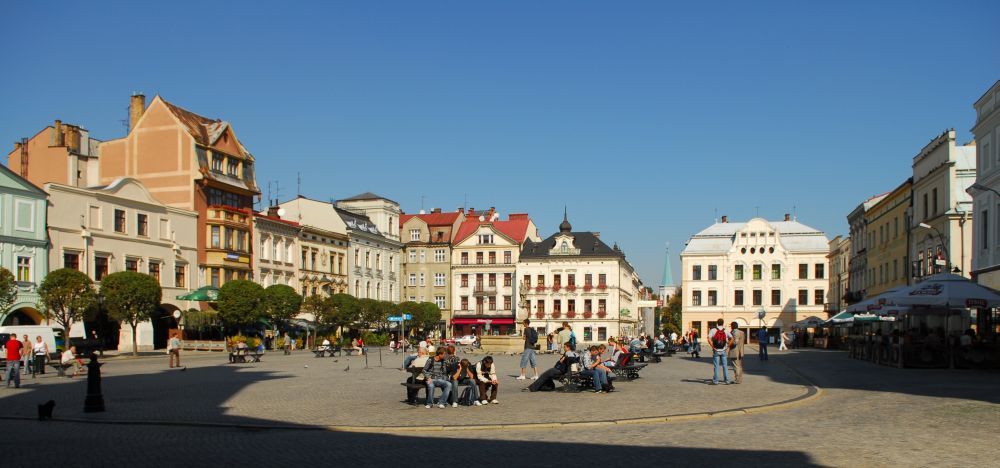
Těšín was split in 1920 along with Teschen Silesia, which was divided between two new countries – Czechoslovakia and Poland.
The Olše River was used as the dividing line between Czech Těšín and Polish Cieszyn, and the most interesting parts of the town in terms of their architecture were apportioned to Poland; this includes the historic town centre. The town is a symbolic union between the two countries and nations.
Full description of the city of Cieszyn
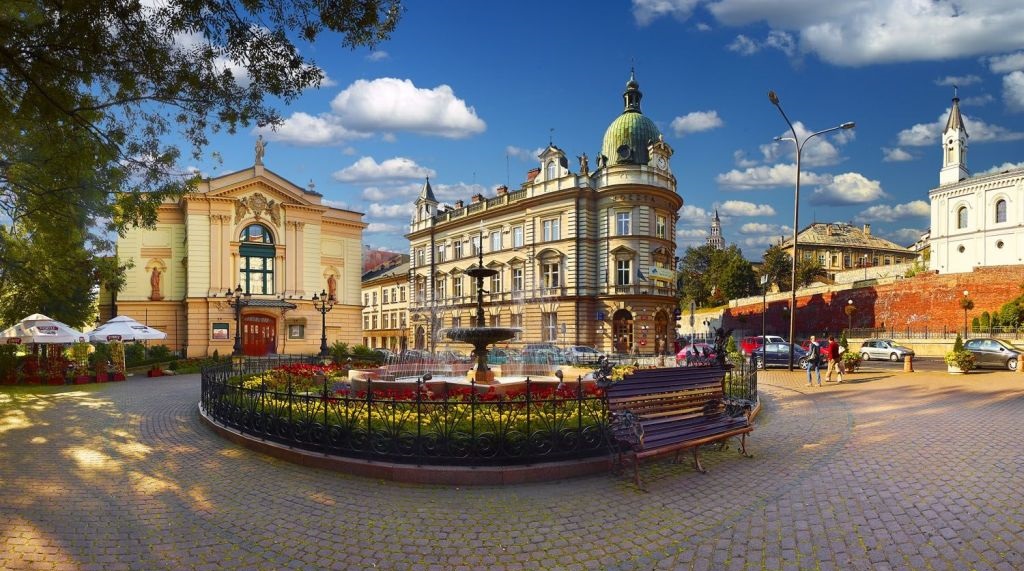
This city lies in the foothills of the Silesian and Little Beskids. The city was established by merging Bielsko and Biała in 1951. The Biała River cuts through the conurbation.
Full description of the city of Bielsko-Biała
Also available for download: